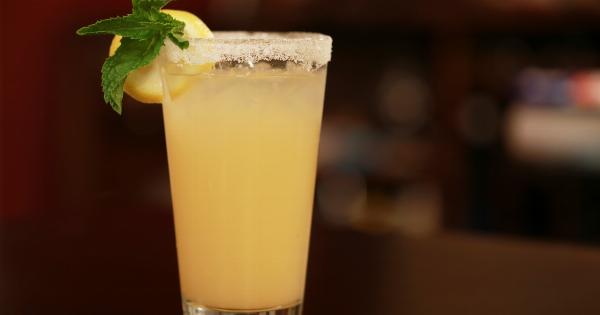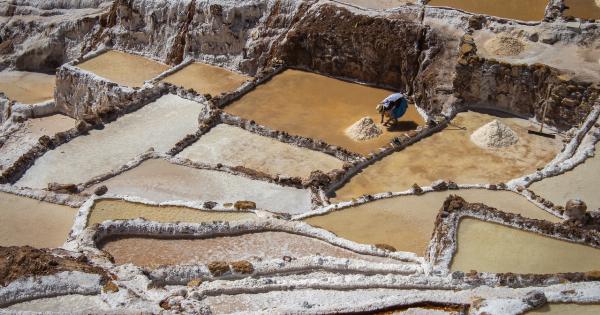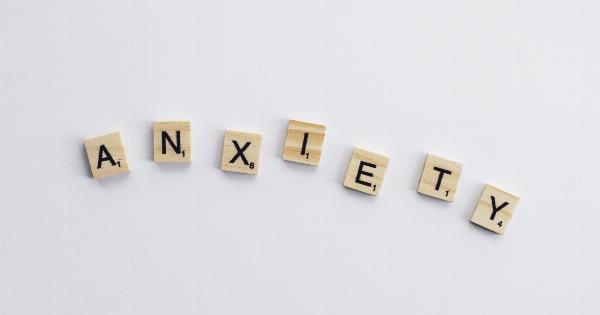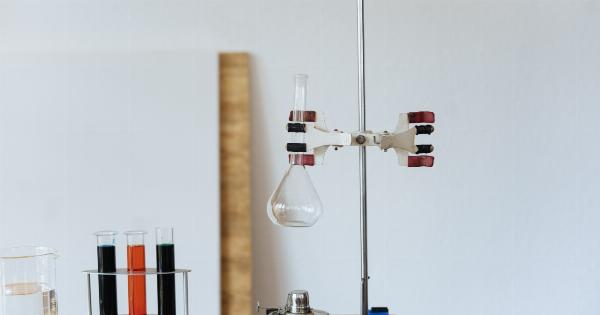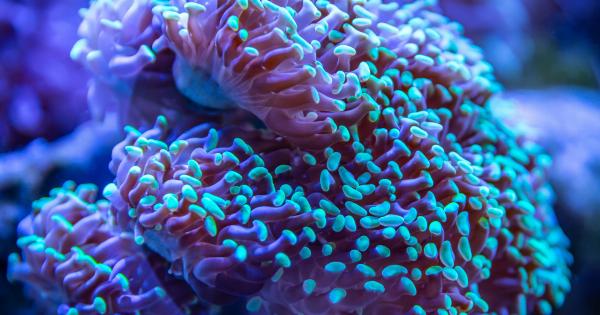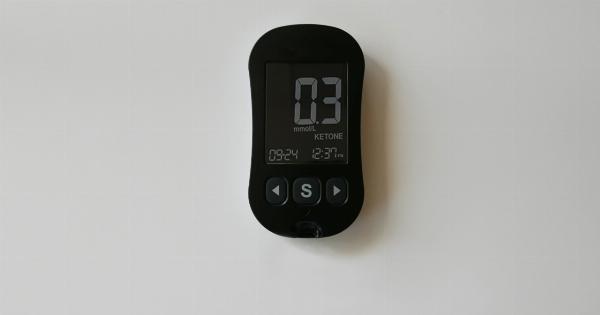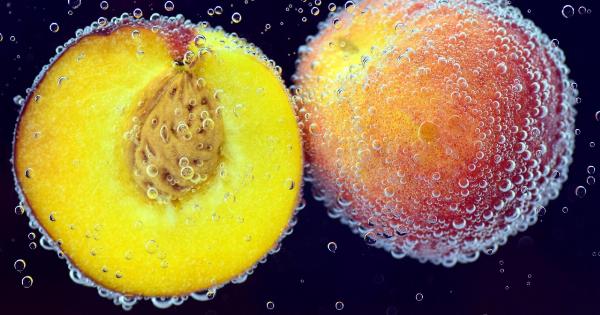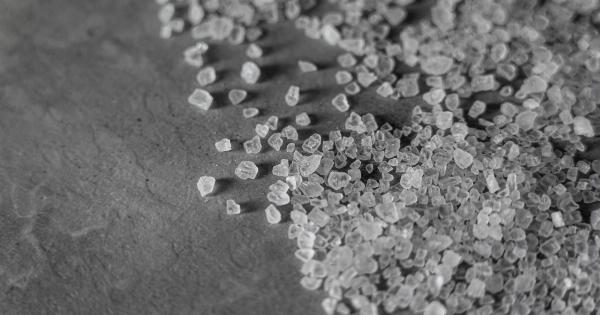Salt has been used for thousands of years as a flavor enhancer and preservative. It’s essential for our bodies, but there’s a lot of debate about how much we need and how it affects our thirst.
In this article, we’ll explore the truth about salt and thirst.
What is Salt?
Salt is a chemical compound made up of sodium and chloride ions. It’s found naturally in rocks and soil, and it’s also added to many foods as a preservative and flavor enhancer.
Our bodies need salt to function properly, but not too much of it.
How Does Salt Affect Thirst?
Many people believe that eating salty foods makes you thirsty. This is partially true, but there’s more to it than that. When you consume salt, it pulls water out of your cells and into your bloodstream.
This increases your blood volume and makes you feel thirsty as your body tries to replenish the lost water. But once you drink enough water to rehydrate your body, the thirst sensation goes away.
So, while consuming salt can make you feel thirsty in the short term, it doesn’t necessarily lead to dehydration.
In fact, your body is quite adept at maintaining a proper balance of water and electrolytes even when you consume high amounts of salt.
Can You Become Addicted to Salt?
Some people may feel a strong craving for salty foods, and this has led to the idea that you can become addicted to salt. However, there is no scientific evidence to support the idea of salt addiction.
It’s more likely that people develop a preference for salty flavors, but this isn’t the same as addiction.
The Risks of Too Much Salt
While we need salt to survive, consuming too much of it can have negative health consequences. A high-salt diet can increase your risk of high blood pressure, heart disease, stroke, and kidney disease.
These conditions can be serious and even life-threatening.
How Much Salt Do We Need?
The American Heart Association recommends that adults consume no more than 2,300 milligrams of sodium per day, which is about a teaspoon of salt. However, many people consume much more than this.
The average American consumes around 3,400 milligrams of sodium per day, which is well above the recommended limit.
Ways to Reduce Your Salt Intake
Reducing your salt intake can be challenging, but it’s worth it for the sake of your health. Here are some tips for reducing your salt intake:.
- Eat fresh, whole foods instead of processed foods
- Choose low-sodium options when possible
- Avoid adding salt to your food at the table
- Use herbs and spices to flavor your food instead of salt
- Limit your intake of salty snacks and fast food
The Bottom Line
Salt is an essential component of our diet, but too much of it can be harmful. While consuming salty foods may make you feel thirsty in the short term, it doesn’t necessarily lead to dehydration.
By reducing our salt intake and choosing healthy, whole foods, we can protect our health and maintain proper hydration.

